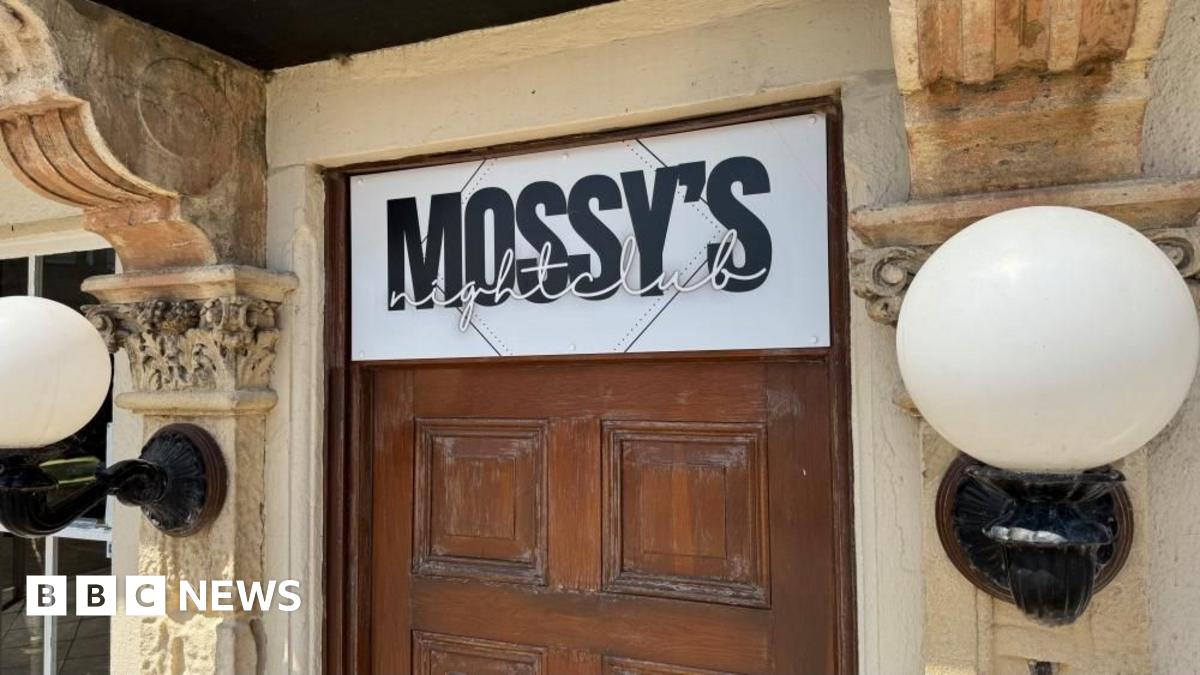Israel-Hamas Ceasefire Talks: Why a Deal Remains Elusive - Expert Analysis

The ongoing conflict between Israel and Hamas continues to cast a long shadow, with ceasefire negotiations repeatedly hitting roadblocks. While hopes for a peaceful resolution flicker, a durable agreement remains frustratingly out of reach. This article delves into the key obstacles hindering progress, drawing on insights from leading experts to unpack the complex challenges at play.
The Hostage Dilemma: A Central Sticking Point
At the heart of the deadlock lies the issue of hostages. Hamas holds an estimated 136 Israelis and foreign nationals, and their release is a non-negotiable demand for Israel. However, Hamas’s demands for the release of Palestinian prisoners held in Israeli jails, including high-profile figures, present a significant hurdle. The disparity in numbers – hundreds of Palestinian prisoners versus a relatively smaller number of hostages – further complicates the negotiations. Furthermore, the condition of the hostages themselves is a constant concern, with families pleading for information and humanitarian access.
Political Tensions Fueling the Impasse
Beyond the immediate humanitarian crisis, deeply entrenched political tensions are exacerbating the situation. Within Israel, Prime Minister Netanyahu faces pressure from his right-wing coalition, who are reluctant to make concessions that could be perceived as weakness. Public opinion is divided, with some Israelis demanding a swift military victory while others prioritize securing the hostages’ release. On the Palestinian side, Hamas’s position is also influenced by political considerations, including maintaining its credibility within the broader Palestinian community and navigating the complex dynamics with other factions like Fatah.
Aid Access: A Humanitarian Crisis Deepens
The humanitarian situation in Gaza is dire, and the limited access to aid is a major impediment to any lasting ceasefire. The ongoing conflict has severely disrupted the supply of essential goods, including food, water, and medical supplies. While some aid has trickled in through border crossings, the quantities are insufficient to meet the needs of the civilian population. Restrictions imposed by Israel, coupled with logistical challenges and security concerns, further complicate the delivery of aid. Experts warn that the worsening humanitarian conditions could lead to increased instability and further escalate the conflict.
The Role of External Actors
The involvement of external actors, such as the United States, Qatar, and Egypt, is crucial in mediating the ceasefire negotiations. These countries have been actively engaged in facilitating communication between Israel and Hamas, but their efforts have been hampered by the deep-seated mistrust and conflicting agendas. The United States, a key ally of Israel, has been pushing for a temporary ceasefire to allow for the release of hostages and the delivery of aid, but has also emphasized Israel’s right to defend itself. Qatar and Egypt, which maintain channels of communication with Hamas, are playing a vital role in conveying messages and brokering potential compromises.
Looking Ahead: Prospects for a Ceasefire
While the obstacles are formidable, experts remain cautiously optimistic that a ceasefire can be reached. However, achieving a durable agreement will require significant compromises from both sides. A phased approach, involving the release of hostages in exchange for Palestinian prisoners, a temporary cessation of hostilities, and a commitment to long-term negotiations on the underlying issues, may be the most viable path forward. The international community must continue to exert pressure on both Israel and Hamas to prioritize the needs of civilians and work towards a peaceful resolution. The stakes are incredibly high, and the consequences of failure are devastating.






